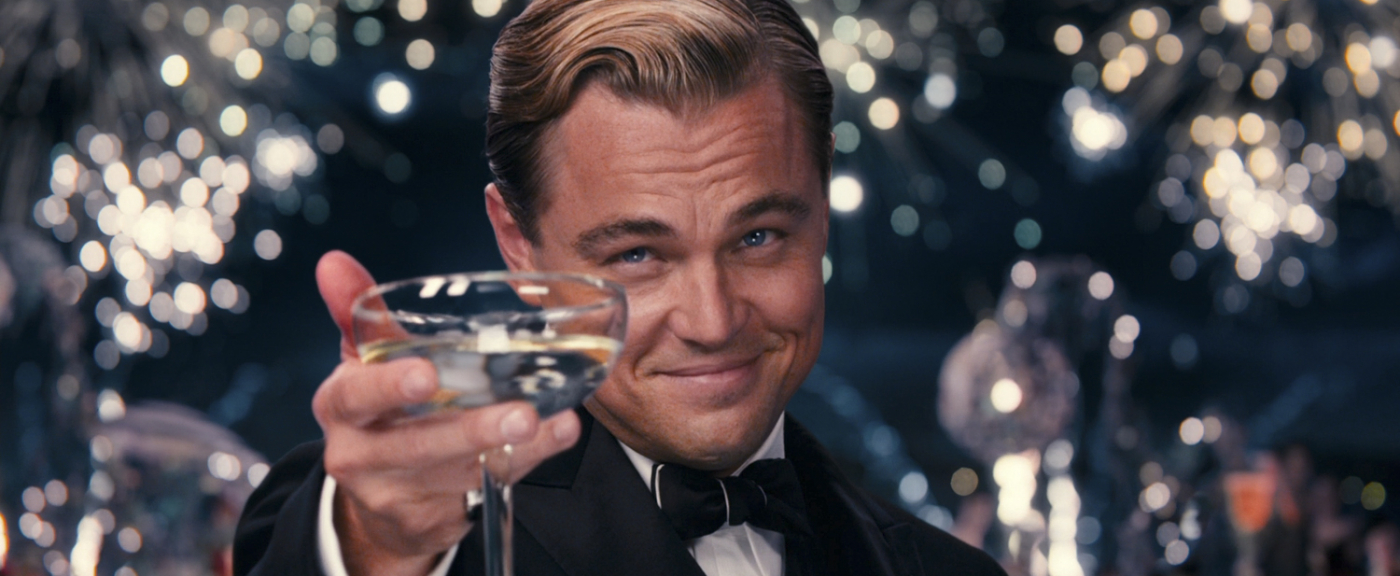
Why the sound of a toast makes you oh SO happy
Karen Krizanovich raises a crystal flute and muses on what’s so celebratory about the thing with the ding

Karen Krizanovich raises a crystal flute and muses on what’s so celebratory about the thing with the ding

When the Queen visited Dublin Castle in 2006, she was served with Waterford Lismore goblets. She was caught on camera commenting, “I do love these clinking glasses.” She’s just like us. We too love clinking glasses – from New Year to weddings. Acoustician Jonathan Riley says this is “psychoacoustics”. I say *hiccup*.
I do think coupes look extremely feminine and remind me of those memorable old movies with Audrey Hepburn or Debbie Reynolds sipping champagne from a coupe
The 30-odd current designs of coupes, flutes and bowls at Waterford crystal all make that lovely sound. Designer Matt Kehoe says the Waterford standard is “expected when you flick or clink a piece of Waterford, the sound resonates like a distance church bell.” Waterford senior designer John Connolly also sees sound as part of the overall design: “For me a great toasting glass has the following attributes: a great shape, a certain poise and balance, a wonderful clink and a motif that represents the special occasion being celebrated, not forgetting a good champagne. Personally I feel more comfortable with a flute, easier to mingle in a reception but I do think coupes look extremely feminine and remind me of those memorable old movies with Audrey Hepburn or Debbie Reynolds sipping champagne from a coupe and appearing to have great fun.”

Marilyn Monroe with Yves Montand
But what is that great fun clinking sound? Who started it? Foley artist Louise Brown says she doesn’t think Hollywood is completely to blame for the spectacular ringing clinks heard in film but rarely heard in real life. “I don’t think there’s any intention by the glassware companies to contribute to the glass’s tonal quality. A champagne flute has a delicious toasting sound, but the sound is dictated by the liquid in the glass. Some thinner wine and whisky glasses will have a pleasant sound to the ear, less so when they’re empty. Pint glasses tend to be quite thick and have a distinct yet unexciting sound when toasted.” A pint toast, however sincere, sounds duff.
Professor Trevor Cox of Salford University teaches and blogs on the science of sound. While he says he is unaware of an ideal note for toasting, he says that with such a transient sound it is “the length of the ring that is more important than the note frequency.” His book Sonic Wonderland examines transient sounds that soothe and cajole: music and natural sounds manipulate our mood. Taste, always linked to smell, can also be associated with sound. Cox refers to review papers that tell us “higher-pitched sounds are reliably mapped onto sweet and sour tastes, whereas lower-pitched sounds are mapped onto bitter tastes” and “sweet tastes have consistently been associated with consonant chords and legato articulations, whereas sour tastes have been mapped to dissonant chords and staccato articulations.”
So, a proper ringing toast soothes the savage beast. Taste has a sound and it’s the thing with the ding that is the ding an sich of the memorable toast.
Toasting Etiquette
1. Don’t hit a glass to get people’s attention.
2. Don’t toast with water: an empty glass is better.
3. Don’t toast to yourself. I shouldn’t have to say this.
4. Don’t drink if the toast is directed at you. (See above.)
5. Don’t toast before the host toasts, unless you want to toast the host.
6. What the hell did I just say?
7. If your host is a moron and isn’t getting to a toast when they should be, ask if you can do it.
8. Don’t throw the glass into the fireplace. Glass and crystal can melt and permanently mar the fireplace. Unless you are at the home of someone you hate and you’re drunk.
9. Don’t sit down and refuse to join, even if you don’t agree with the toast.
10. Save some wine or champagne if a toast is on its way.
11. If there are fewer than eight of you, you can toast sitting down.
12. Make eye contact. If you want to be amusing, stare. C